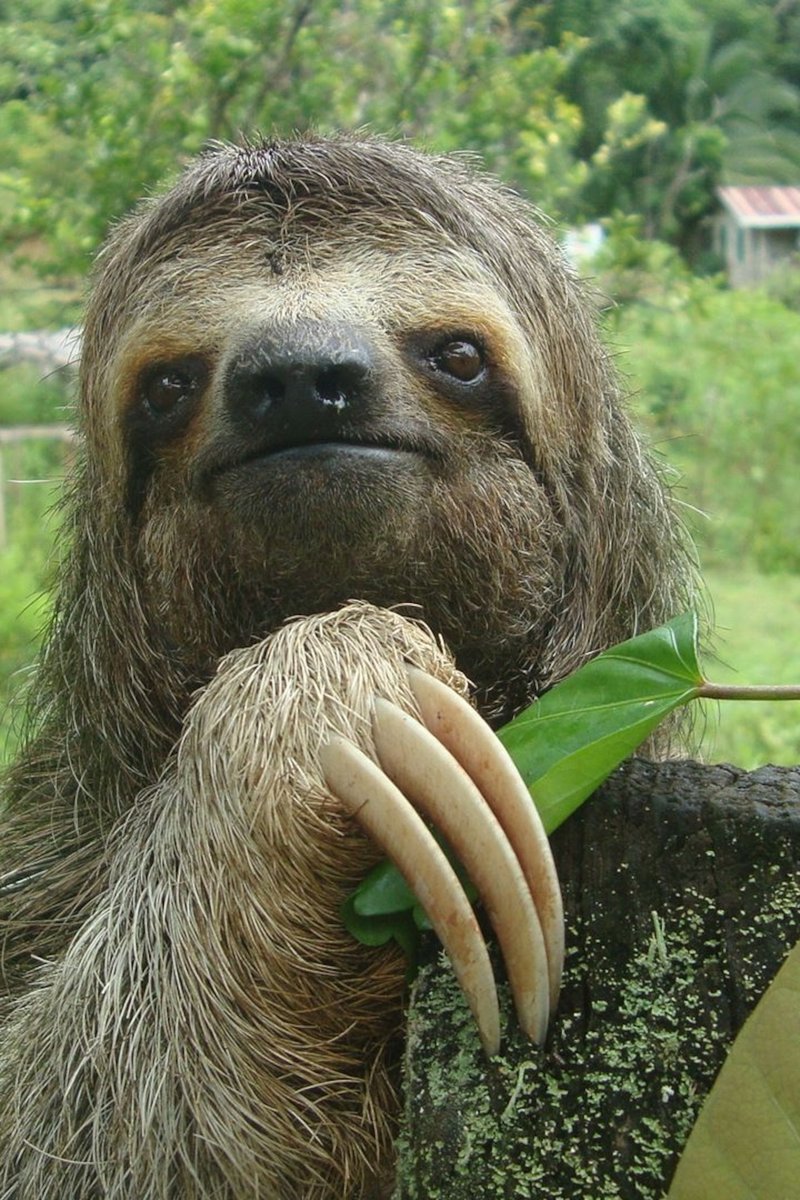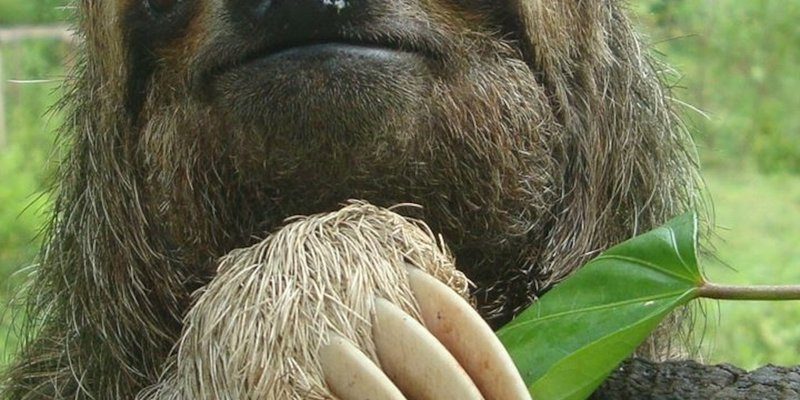
The three-toed sloth, specifically, has made its mark not only in biological discussions but also in cultural narratives. As we dive into this topic, we’ll explore the varied representations of this fascinating animal in folklore, art, and even modern pop culture. You might be surprised at just how rich its presence is!
The Sloth in Folklore
You might be wondering how an animal like the sloth has found its way into folklore. Well, many cultures have used animals as characters to teach lessons or explain natural phenomena, and the sloth is no exception. For instance, in some South American indigenous cultures, sloths are seen as symbols of patience and tranquility.
Many stories depict sloths as guardians of the forest. Their slow movements are often interpreted as a sign of wisdom. Imagine a wise old sage who takes his time to think through decisions—this is how sloths are viewed in some tales. They remind us that rushing through life can lead to poor choices.
In other folklore traditions, sloths are portrayed as tricksters. These tales often highlight their peculiar lifestyle, where they sometimes seem detached from the hustle and bustle of the forest around them. This dual representation—the wise guardian and the playful trickster—shows how adaptable and important the sloth is in various cultural narratives.
Sloths in Art and Literature
Art is a powerful way to convey ideas and emotions, and sloths have certainly made their mark in this realm. From paintings to sculptures, artists often depict sloths in a dreamy, whimsical light. These pieces often emphasize the sloth’s laid-back lifestyle, encouraging viewers to embrace a slower pace and appreciate the little things in life.
In literature, the three-toed sloth appears in various children’s books. Stories often showcase its slow, gentle nature, teaching kids about the importance of taking their time. One popular story features a sloth who helps other animals learn the beauty of patience. These narratives not only entertain but also impart valuable life lessons.
Interestingly, modern graphic novels and animated shows have also embraced the charm of sloths. They often appear as lovable side characters who add humor and wisdom to the storyline. By incorporating sloths into various forms of art and literature, creators highlight their unique traits and remind audiences of the value of a slower pace in an increasingly fast-paced world.
Sloths in Modern Pop Culture
In recent years, the three-toed sloth has exploded in popularity. Think about it: have you ever seen a meme featuring a sloth? These furry creatures have been transformed into icons of relaxation and fun on social media. In this digital age, sloths represent a break from the chaos of life, often depicted lounging on couches or taking naps.
Movies have also jumped on the sloth bandwagon. Animated films like “Zootopia” featured a sloth as a humorous character, showcasing not just the animal’s slow speed but also its quirky personality. This representation shifts the perception of sloths from mere forest dwellers to relatable figures.
Merchandising has capitalized on this trend as well. From plush toys to t-shirts, the sloth’s image is everywhere. This cultural phenomenon shows how a slow-moving animal can become a beloved symbol of leisure and enjoyment in our lives.
Symbolism of Sloths Across Cultures
Different cultures assign various meanings to the three-toed sloth. For many Latin American communities, sloths symbolize harmony with nature. Their slow and deliberate lifestyle exemplifies a deep connection to the Earth, promoting an ethos of living in sync with the environment.
Meanwhile, in some Asian cultures, sloths may embody the balance between work and rest. They remind individuals of the importance of slowing down and taking breaks to recharge. This perspective is refreshing in a world that often glorifies busyness and productivity.
Interestingly, sloths can also represent resilience. Despite their slow movements and seemingly vulnerable state, they thrive in their rainforest habitats. This characteristic can be a reminder to embrace our unique traits and find strength in our own ways, even if we don’t fit into society’s fast-paced ideals.
Conservation and Cultural Awareness
With all this cultural significance, it’s important to discuss the real-world challenges that three-toed sloths face. Deforestation and habitat loss are significant threats that compromise their existence. Many cultures that hold sloths in high regard are also actively participating in conservation efforts to protect their natural habitats.
Promoting awareness about sloths can highlight their role in the ecosystem. These gentle creatures help maintain the health of their habitats, which benefits not only wildlife but also local communities. Organizations in Latin America work tirelessly to educate the public about the importance of conserving sloths and their environment.
By supporting conservation initiatives, individuals can help ensure that the cultural stories and representations of sloths continue to thrive. This connection between conservation and culture reminds us that protecting our natural world is vital for future generations to appreciate the folklore and beauty that creatures like the three-toed sloth bring to our lives.
Wrapping It Up: Why Sloths Matter
So, what’s the takeaway from all this talk about the three-toed sloth? They may not be the fastest or most glamorous animals out there, but their cultural representation offers a wealth of understanding about life, nature, and our relationship with the environment. Whether it’s through folklore, art, or modern media, sloths inspire us to slow down and appreciate the journey.
Next time you see a sloth, whether in a documentary or a cute meme, remember that they are more than just adorable creatures. They’re symbols of wisdom, patience, and the importance of living harmoniously with nature. So let’s take a page from their book—or should I say, branch—and embrace a little slowness in our own fast-paced lives.

